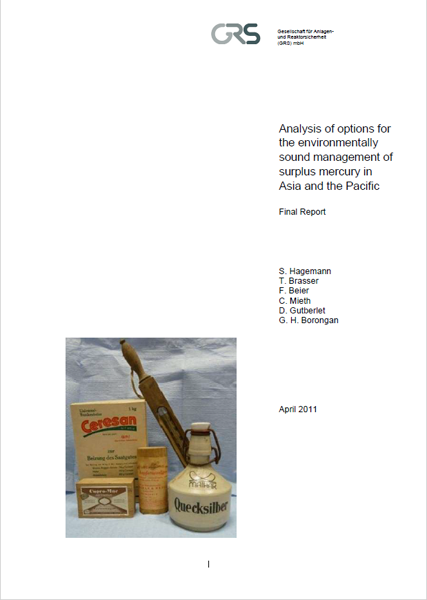Analysis of options for the Environmentally Sound Management of Surplus Mercury in Asia and the Pacific
Mercury is recognized as a toxic substance that poses a serious threat to human health and the environment. Nevertheless, large quantities are still used for the manufacture of products and in industrial processes. For the Asia Pacific region, more specifically East-, Southeast and South Asia, the total demand in 2005 was around 2,100-2,700 t according to a study by Concorde from 2009.1 In the near future fluctuations in these figures are expected. Demand for mercury for the production of vinyl chloride monomer and manufacturing of fluorescent lamps is likely to increase, while demand for other products such as batteries and measuring devices will probably decline. In the long-term, it is expected that the demand for mercury will decline faster than supply from sources such as mining, decommissioning of chlor-alkali plants, non-ferrous metal production, natural gas production and recycling of mercurycontaining
waste.
